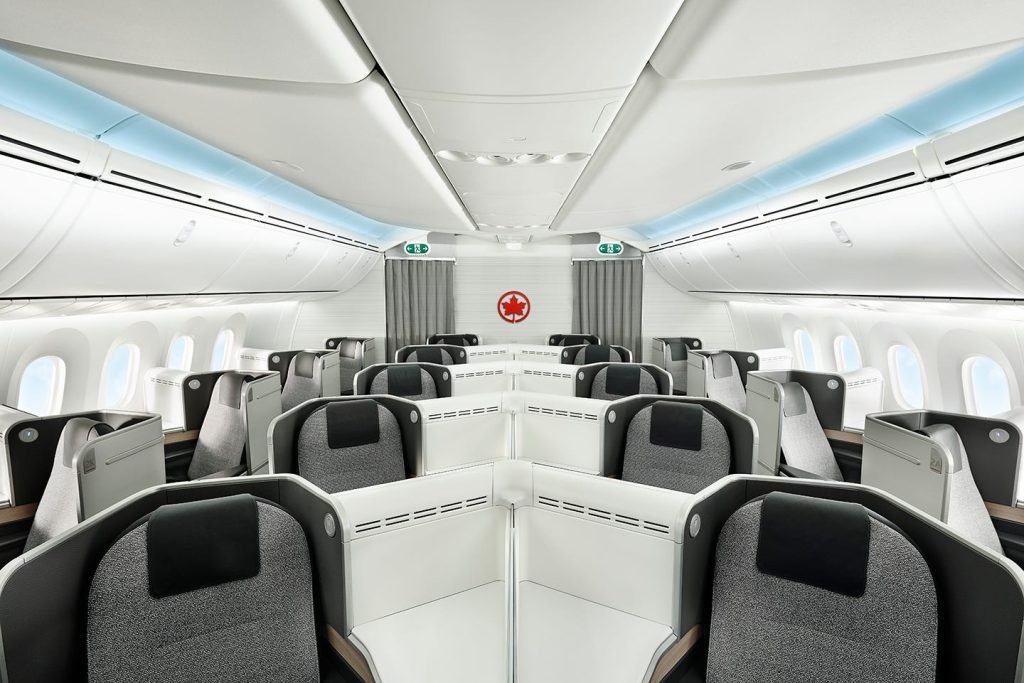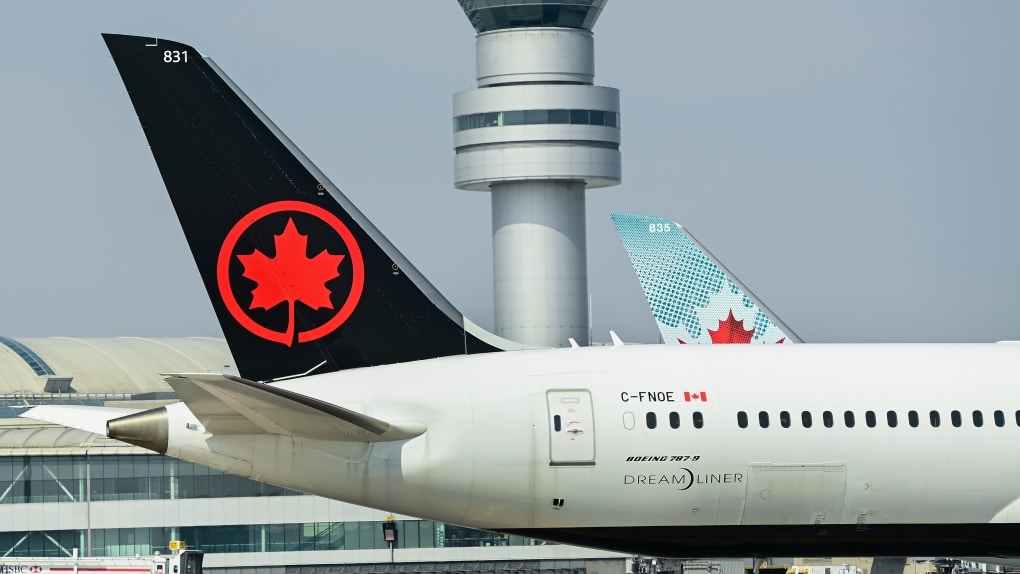Air Canada posted a larger first-quarter loss than projected on Thursday, citing higher operating costs related to labor and aircraft maintenance, overshadowing early signs of a recovery in corporate demand. Air Canada’s shares fell 9% to C$18.58 in afternoon trading in Toronto.
North American carriers are grappling with rising expenses as they add flights and run older, less fuel-efficient planes, while a lack of new aircraft makes it difficult to benefit on robust travel demand.
According to Mark Galardo, Air Canada’s vice president of network planning, corporate demand is up 10% to 20% year on year into the second quarter, with new demand coming from the technology industry.
“We’re starting to see some very encouraging signals in corporate demand,” Galardo told analysts.
Canada’s largest airline did not experience the same first-quarter bounce in corporate travel that lifted U.S. airline profitability.
Montreal-based Air Canada has also stated that it is negotiating compensation with RTX engine manufacturer Pratt & Whitney following issues with its geared turbofan engines, which have grounded seven of its A220 planes.
The carrier, which is currently in contract talks with its pilots, reported a 21% increase in labor expenses during the quarter.
Air Canada’s operating expenses increased 6% to C$5.22 billion ($3.80 billion), the airline reported, despite a revival in significant spending by corporate clients who had been mostly absent from the post-pandemic travel boom.
The airline confirmed its 2024 core profit estimate, estimating adjusted earnings before interest, taxes, depreciation, and amortization (EBITDA) in the range of C$3.7 billion to C$4.2 billion.
Air Canada posted a first-quarter adjusted loss of C$0.27 per share, compared to analysts’ average projections of a C$0.07 loss, according to LSEG data. Its quarterly operating revenue increased 7% to C$5.23 billion, exceeding Wall Street’s estimate of C$5.19 billion.

Air Canada walks back new seat selection policy
Air Canada has temporarily rescinded its proposal to levy a new seat selection fee for passengers booked on the lowest rates. Customers with rates that did not include free seat selection prior to check-in were randomly given a seat at check-in, with the option to change to another available seat for free, CTV News reports
However, some Air Canada customers received alerts earlier this month that the airline would soon charge travelers standard or basic rates to change their automatically allocated seats at check-in.
Kerry Berlinquette, an Ontario-based travel agency, posted a photograph of a warning she received on April 18 on her Facebook page.
“We’re introducing a new seating assignment process for Standard or Basic Fares,” according to the announcement.
“When customers enter the check-in flow, our system will automatically assign a free seat for those who have not purchased a seat in advance.” If customers want to alter their automatically allocated seat, they can do so for a charge.
“It stinks. It was awful enough having to compete for a seat 24 hours before the flight. “Just another money grab,” one Facebook user said in response to Berlinquette’s post.
“It’s frustrating when traditional airlines behave like budget airlines,” a Reddit user commented on April 24. “They have abolished free checked baggage, and now they have removed the chance to select free seats upon check-in. “What will happen next?”
I don’t know why everyone is mad at @AirCanada for introducing another junk fee. They have been trending towards the bottom end of the discount airline market since their last bailout. Their service, food, on time rating, cleanliness, and generally quality is horrible.
— Kritical Defiance (@KriticalDave) April 25, 2024
The message, which said that the change will take effect on April 24, sparked a flood of complaints from furious customers on Facebook, X, and Reddit.
So Air Canada can now split your party at their discretion to force you to spend money to ensure your party sits together. (Previously it was a safe gamble at 24 hours you could find seats together) pic.twitter.com/rTvxfVqqGy
— Steven Clark (@TheFwordNB) April 25, 2024
Following significant criticism, Air Canada sent a comment (opens in a new tab) to airline industry news website Pax News, confirming the policy change.
“What has changed, and is consistent with our branded fares, is that after seats are assigned at check-in for no fee, customers who now wish to change to a different seat from the one we assigned them will have to pay the same fee they would have paid prior to check-in,” the airline wrote to Pax News. The airline would continue to assign seats to ensure families on the same booking are seated together for no fee, as per Canada’s Air Passenger Protection Regulations.
“This is the practice at other airlines, including some in Canada.”
However, on April 26, Air Canada suspended the new cost. The flag carrier refused to clarify whether consumer backlash had influenced the decision and declined to address CTVNews.ca’s queries about why it had implemented the fee and how long the pause would stay.
“We paused the implementation for operational reasons to ensure a smooth rollout for our customers and employees,” an unnamed spokesman told CTVNews.ca in an email on Monday.
“We will communicate next steps at the appropriate time.”
Air Canada would not be the first Canadian airline to impose a price for seat selection after check-in. However, airlines that charge a seat selection fee, such as Flair and Porter, are typically low-cost carriers with lower base tickets than Canada’s flag carrier.
One exception is WestJet, Canada’s second-largest airline after Air Canada, which charges a price for seat selection.
Source: Reuters, CTV









